- Appellation
Explore the appellation
- Winemakers
- Winetourism
Visit the appellation
- Biodiversity
Explore biodiversitY
In Châteauneuf-du-Pape, tradition dictates that wines are born from thirteen grape varieties, each contributing its characteristic to the whole: color, structure, aroma, freshness, or longevity.
No fewer than thirteen grape varieties can be used in the production of red wines, as well as white wines: Grenache (Black, Grey, white), Syrah, Mourvèdre, Cinsault, Clairette (White, Pink), Vaccarèse, Bourboulenc, Roussanne, Counoise, Muscardin, Picpoul (Black, Grey, white), Picardan, and Terret Noir.
Winemakers freely draw from this repertoire to craft their wines, with each grape imparting its uniqueness to the ensemble, resulting in a truly distinctive blend.
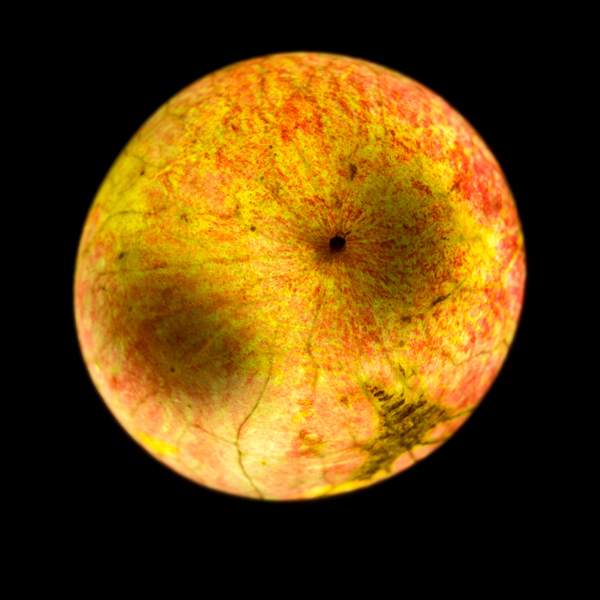
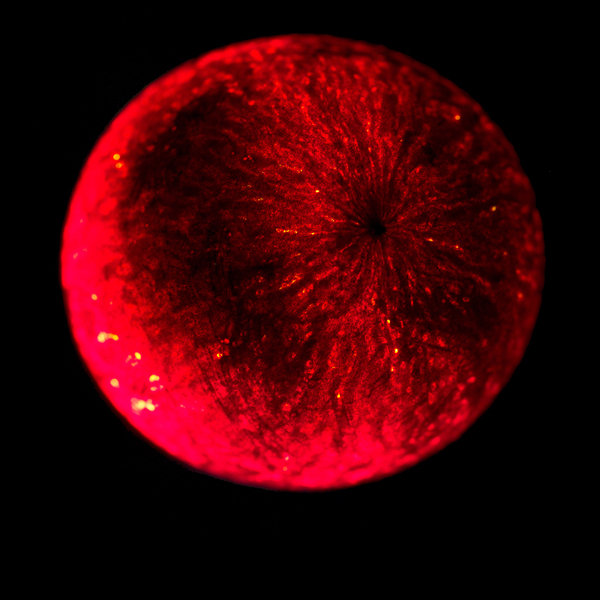
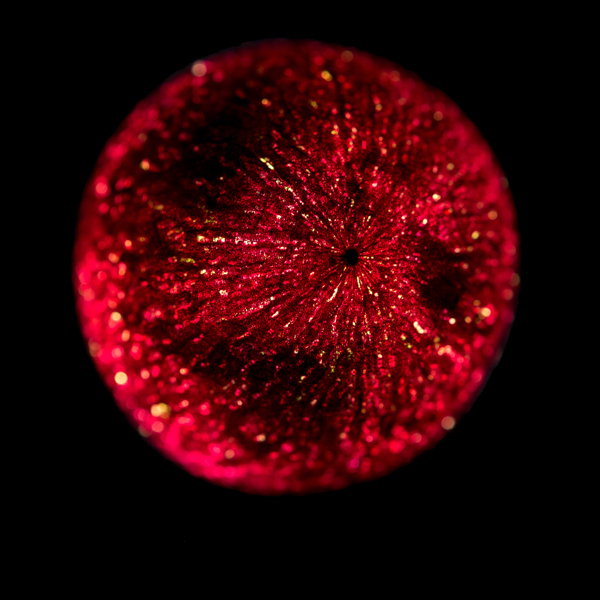

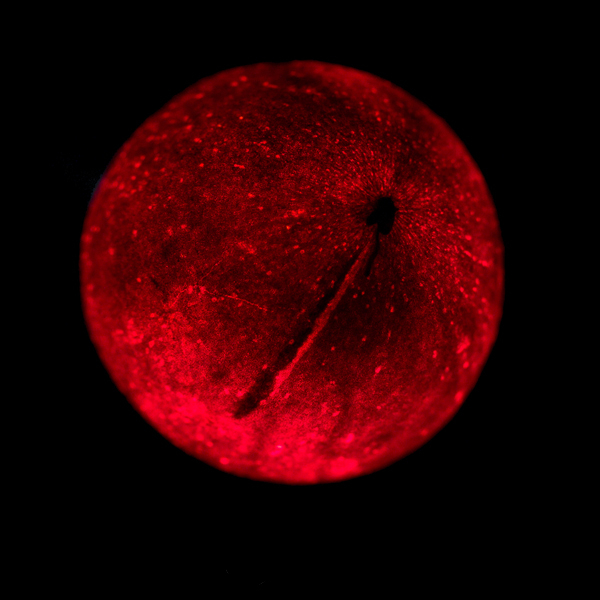
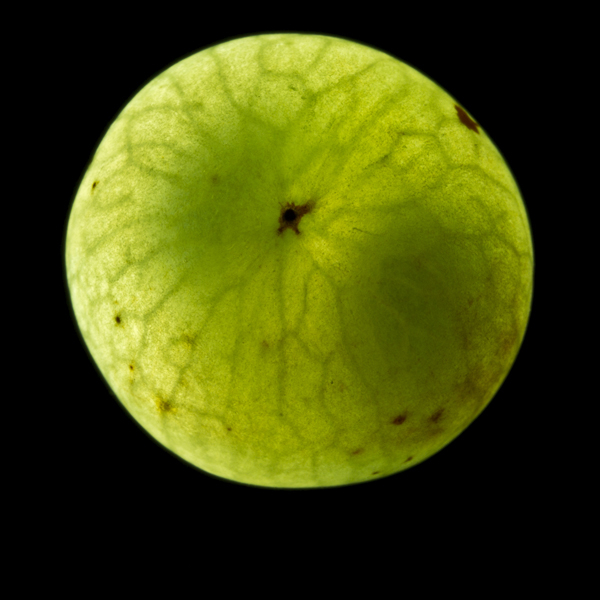
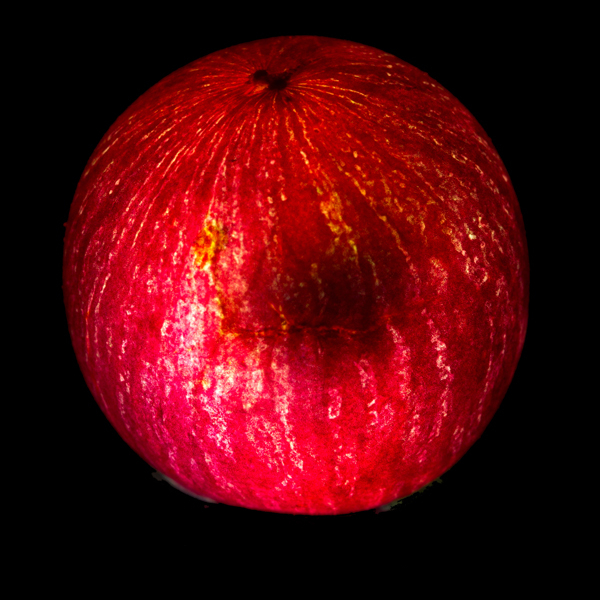
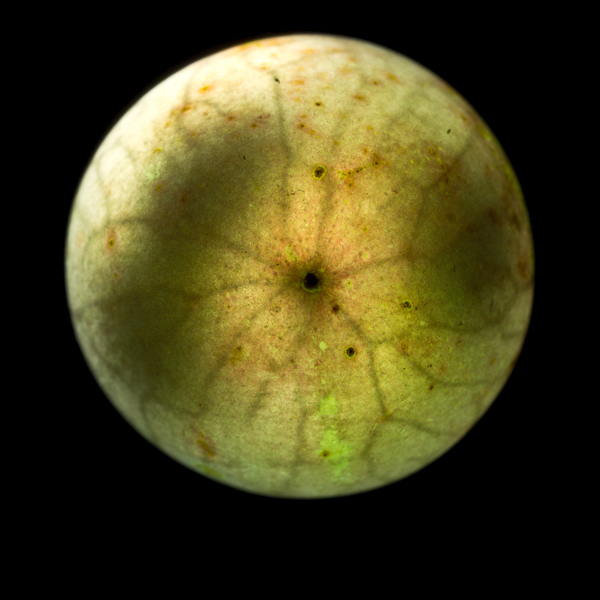
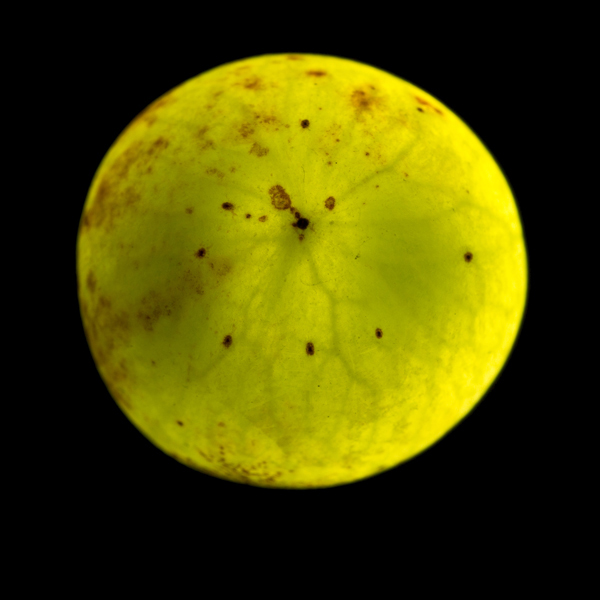
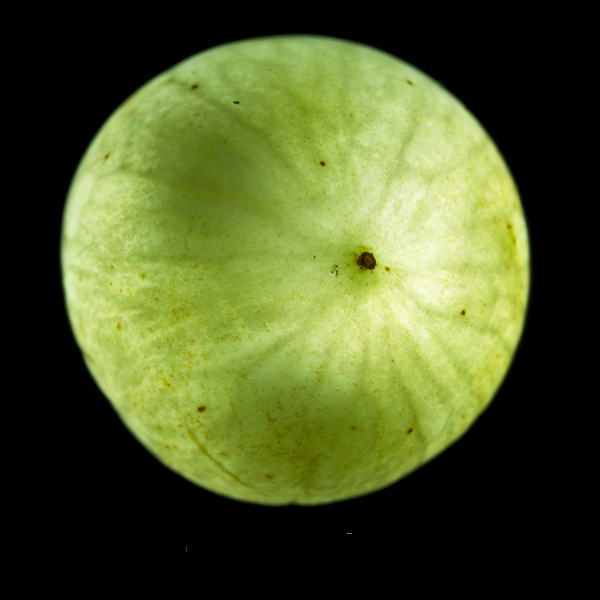

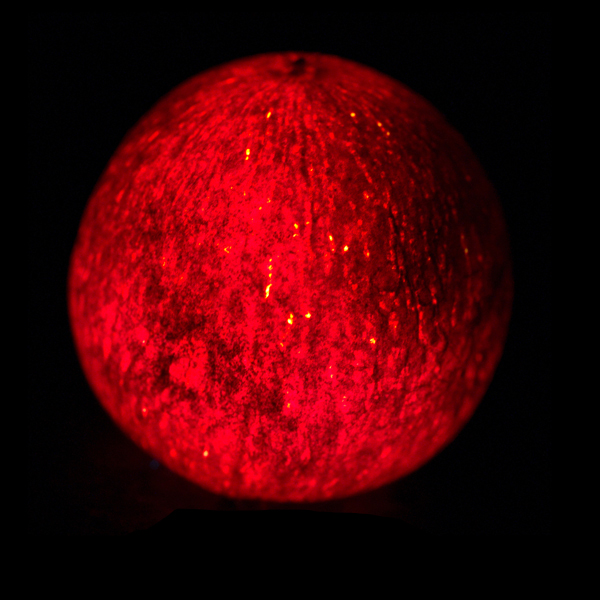
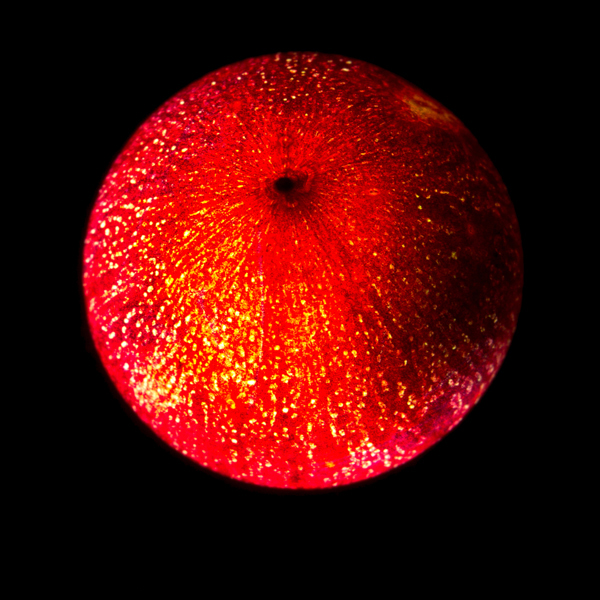
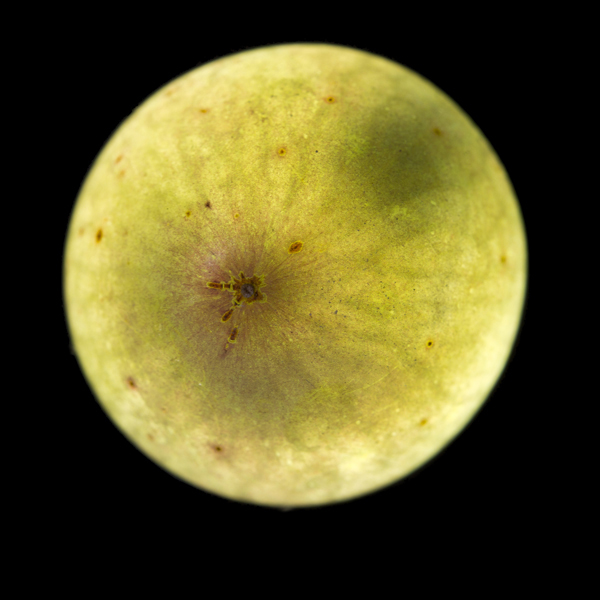
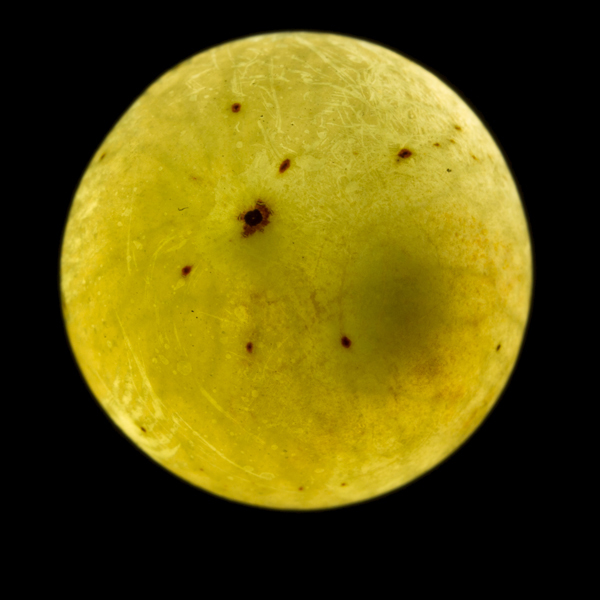
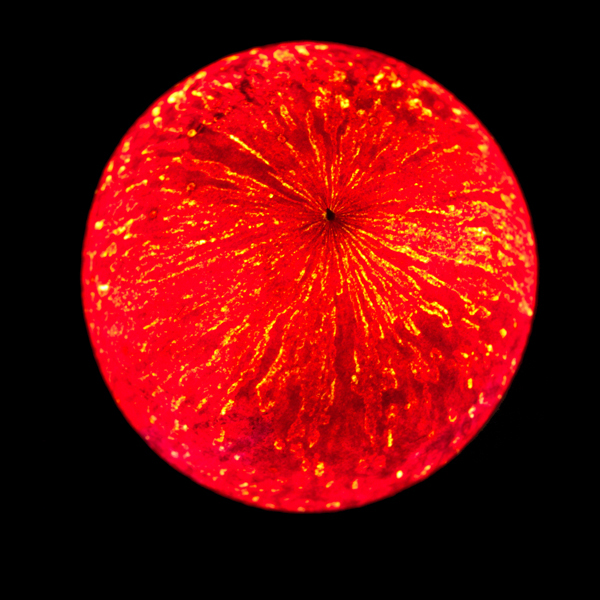
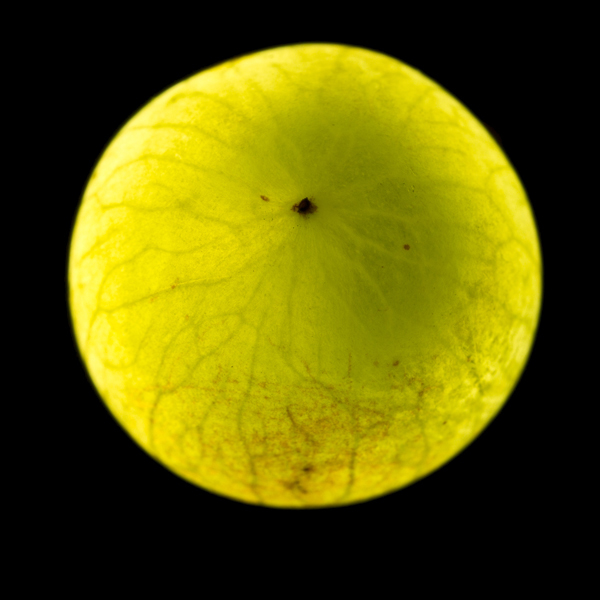
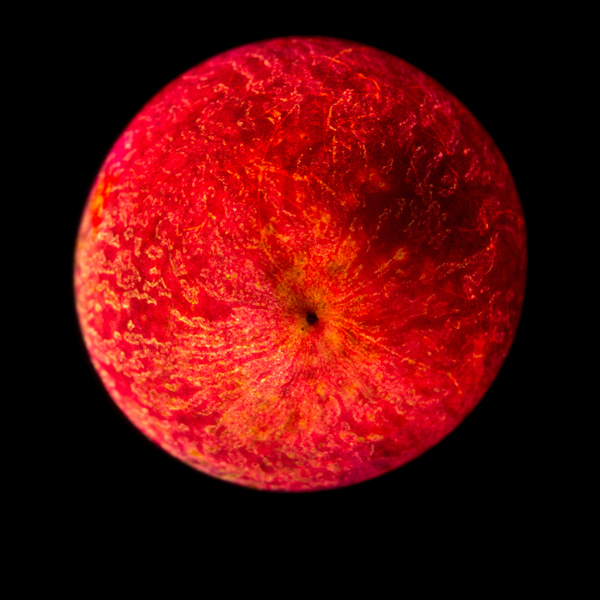

ampelographic heritage
Originally, the vines were planted in a ‘foule’ (crowd): all grape varieties were mixed on the same plot. This ampelographic heritage is the result of a selection process developed over generations by the appellation’s winemakers. Thus, in the early 19th century, Joseph Ducos, the owner of Château La Nerthe, observed the behavior of around ten grape varieties on his property and was able to precisely establish the typical blend of a Châteauneuf-du-Pape.
grenache dominates in most wines produced
Today, Grenache predominates in most wines produced. Originating from the Iberian Peninsula, it has found its ideal terroir in Châteauneuf-du-Pape. It harmonizes with the poor and dry soils of the appellation. Hardy, it withstands heat and the repeated assaults of the wind. Serving as the backbone of red wines, it provides them with structure, power, and the ability to age gracefully.
As the first AOC wine in France in 1936, the 3,150 hectares of the appellation extend over 5 communes: Châteauneuf-du-Pape, Bédarrides, Courthézon, Orange, and Sorgues. With 300 harvest declarants, the appellation produces an average of 90,000 hectoliters per vintage, or about 12 million bottles, distributed to 93% for red wines and 7% for white wines. Benefiting from a unique natural heritage, the AOC relies on 13 grape varieties, 5 distinct terroirs, and an exceptional climate, marked by sun and mistral, to produce exceptional wines distributed mainly for export (66% of volumes in 2021). Historically and continuously committed to sustainable development issues, 35% of the AOC’s surfaces are managed in organic or biodynamic agriculture.
BP 12-25 avenue Général de Gaulle
84231 Châteauneuf-du-Pape cedex
© CHÂTEAUNEUF DU PAPE 2023
Alcohol abuse is dangerous for your health, and should be consumed in moderation.